2024 Lexus TX Hands-On Preview: Three Row Luxury, With Optional Plug-In Hybrid Power

The Lexus TX strives to give crossover owners the best of both worlds; luxury and passenger space.
Despite being a full-service premium automaker, Lexus’s absence in the three-row premium crossover market has been odd. The brand half-heartedly tried with the Lexus RX350L, but that crossover’s awkward styling and the tiny third row weren’t very threatening to the three-row offerings from Buick and Acura. Now, the stalwart Japanese brand has a credible attempt in the three-row crossover space – the 2024 Lexus TX.
The TX is decidedly different from the GX, which also made its debut at the same time. Whereas the GX’s truck frame and optional off-road goodies appeal to buyers in search of a more traditional SUV, the TX is all about passenger space and interior comfort. “This is a pivotal moment for our brand, creating an elegant and indulgent vehicle experience for every single passenger. TX prioritizes comfort in every row and embodies our steadfast commitment to electrification, technology, performance, and design,” said Dejuan Ross, group vice president and general manager of Lexus.
But, outside of its spacious interior accommodations, the Lexus TX diverges from its Grand Highlander platform mate. The TX’s nicer interior, premium touches, and powertrain options place the TX above the Grand Highlander.
Three Powertrains, Including an All-New Plug-In Hybrid
For the entry-level Lexus TX350, power comes from the standard 2.4-liter turbocharged four-cylinder, also found in the Lexus RX. It will generate 275 horsepower, 317 ft/lbs of torque, and return an estimated 21 MPG combined. It is the only powertrain available in FWD or AWD, with all that power managed by an 8-speed automatic.
Yet, for the Lexus TX500h, the Lexus skips the CVT and associated hybrid system found in the RX350h and some trims of the Grand Highlander. Instead, the TX has the Direct4 Hybrid Max parallel hybrid setup, that we’ve seen on the Lexus RX500h. This system uses a similar 2.4-liter turbocharged four-cylinder but pairs it in tandem with a large electric motor powering the rear wheels. It generates 366 horsepower and 409 ft/lbs of torque, a substantial boost over the standard turbo model. There’s no CVT here, a 6-speed automatic sorts out all that thrust. This trim also includes dynamic rear steering, which can assist with low-speed maneuverability or high-speed stability by altering which way the rear wheels turn.
The range-topping Lexus TX550h+ brings back the V6, but mates it to electric motors and a big battery, serving as the TX’s PHEV offering. It makes the most power of the three systems – 406 horsepower – while still returning an estimated 30 MPG combined and 33 miles of fully electric range.
The Details Set The Lexus TX Apart
It may share some of the general vibes with the recently released Toyota Grand Highlander, but that’s not necessarily a bad thing. The detailing, and choices that Lexus made, set the TX apart from its more pedestrian platform mates, while still delivering what customers have been asking for from Lexus for a long time. Lexus TX prioritizes space, comfort, and usability in ways the new Lexus GX and old Lexus RX350L do not. Like the Grand Highander, the TX has ample room in both the second and third rows of seats, although the third-row rear bench only seats two instead of three. The rear cargo area has a respectable 20.1 cubic feet of cargo space, larger than the Acura MDX’s 18.3 cubic feet of measurable room. Lexus insists that there is storage for all rows, and the seven USB ports and three power outlets should let every seat in the house charge their devices without having to fight for a plug.
But, other details on the TX set it firmly in the luxury class. For example, the TX’s interior and exterior handles use electronic buttons, compared to the pull-style mechanical handles on the Grand Highlander. Also, unlike the Grand Highlander, the Lexus TX’s third row is power folding. Lexus says that it went to great lengths to “(ensure) the journey itself is enjoyable through serene cabin quietness.” There’s additional sound deading and isolation to make sure the TX is as quiet as possible.
The TX will have a smorgasbord of premium features either standard or as an option. Wireless Android Auto and Apple CarPlay are standard, but they could be fed through an optional 21-speaker Mark Levinson sound system. The annoying touchpad found in older Lexus models isn’t here either. Instead, a 14-inch Multimedia Touchscreen manages all the infotainment duties.
In profile, the TX is fairly blocky, albeit not as blocky and upright as the latest Lexus GX. The front and rear fascias manage to be somewhat svelte, especially the front. This latest interpretation of the Lexus spindle grille called the “Unified Spindle design” prioritized aerodynamics, while also recalling older Lexus’s smoother styling.
Like the Lexus RX and NX, the rear of the TX doesn’t have the old-school Lexus “L” logo. The spelled-out Lexus script stretches across the back of the crossover, sitting just above the full-width skinny taillight bar.
The TX will come in Standard, Luxury, Premium, and F-Sport Performance trims, but not with every powertrain. The TX500h shown here is offered exclusively in F-sport trim, meaning the blacked-out wheels, and toned-down brightwork will be standard on all TX500h examples.
The Lexus TX350 and TX500h are expected to go on sale this fall. The plug-in hybrid TX550h+ will go on sale at a “later date,” according to Lexus.
Become an AutoGuide insider. Get the latest from the automotive world first by subscribing to our newsletter here

Kevin has been obsessed with cars ever since he could talk. He even learned to read partially by learning and reading the makes and models on the back of cars, only fueling his obsession. Today, he is an automotive journalist and member of the Automotive Press Association. He is well-versed in electrification, hybrid cars, and vehicle maintenance.
More by Kevin Williams




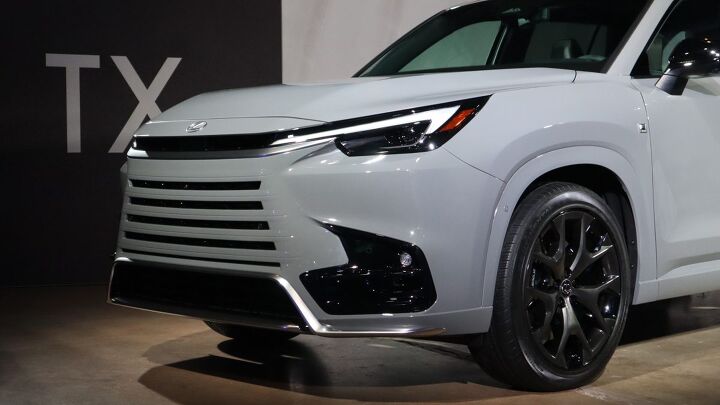

















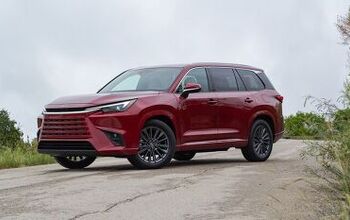
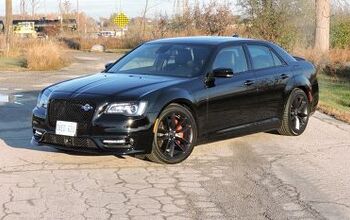

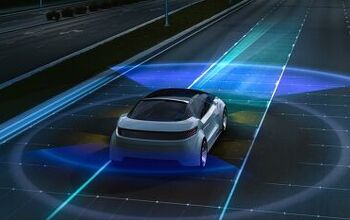





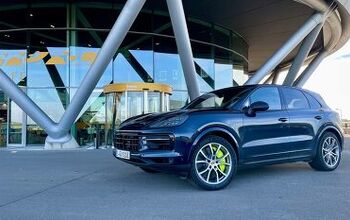




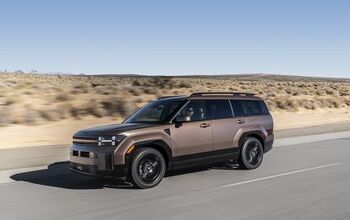
Comments
Join the conversation